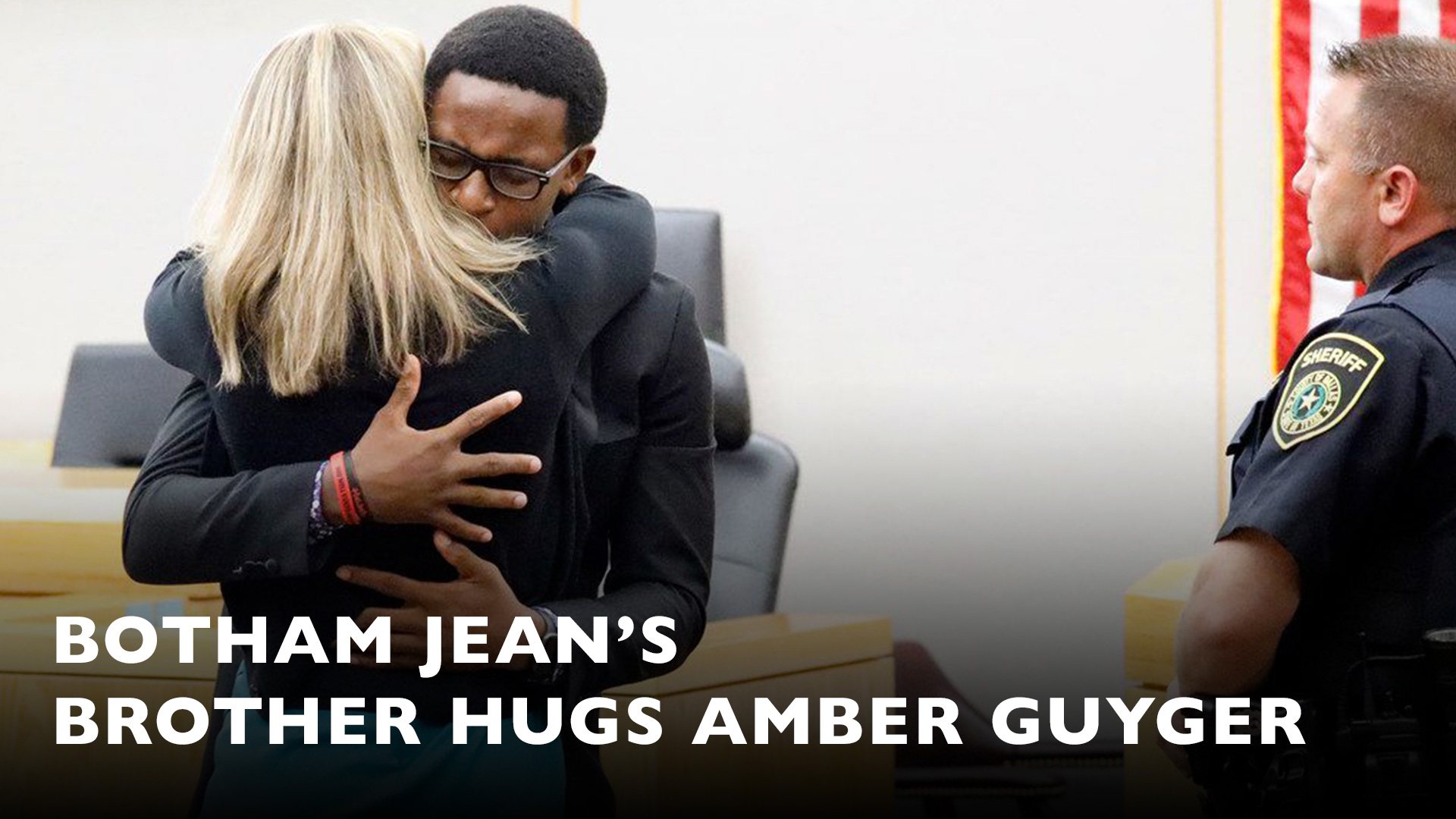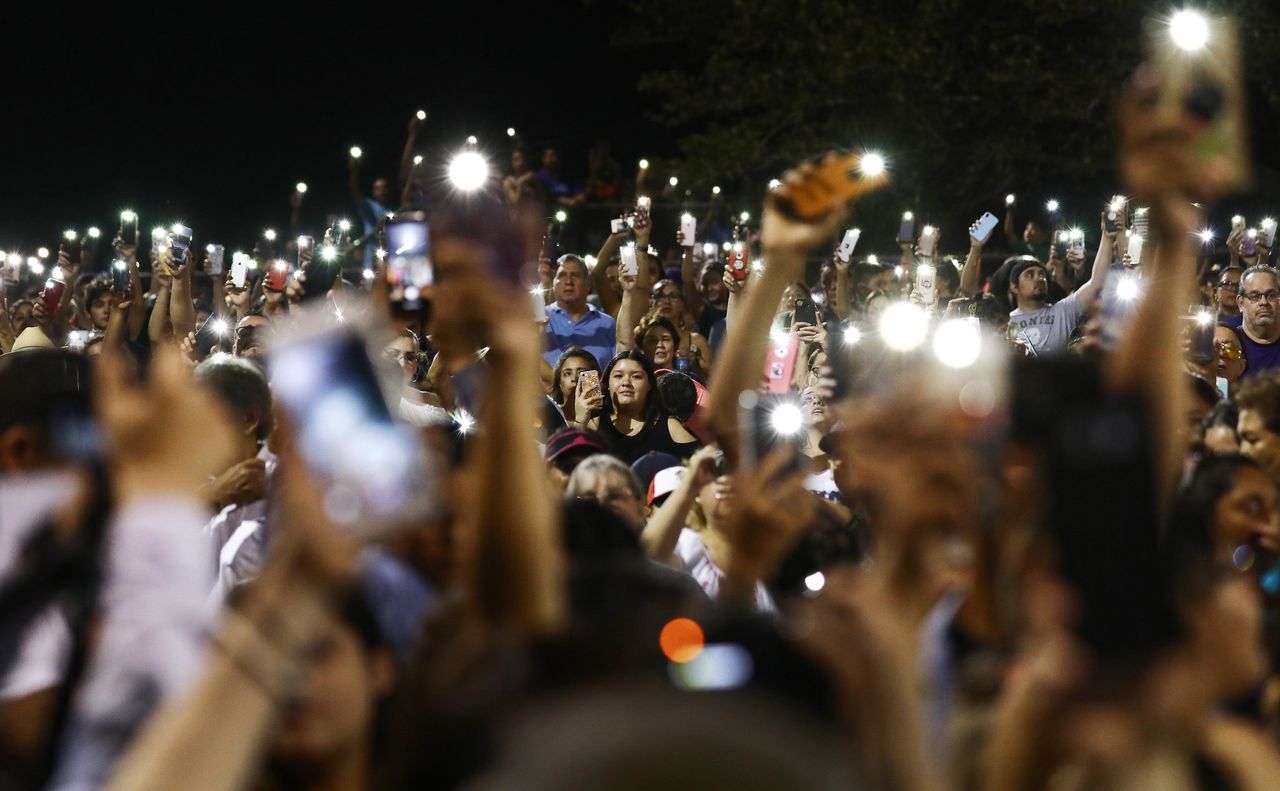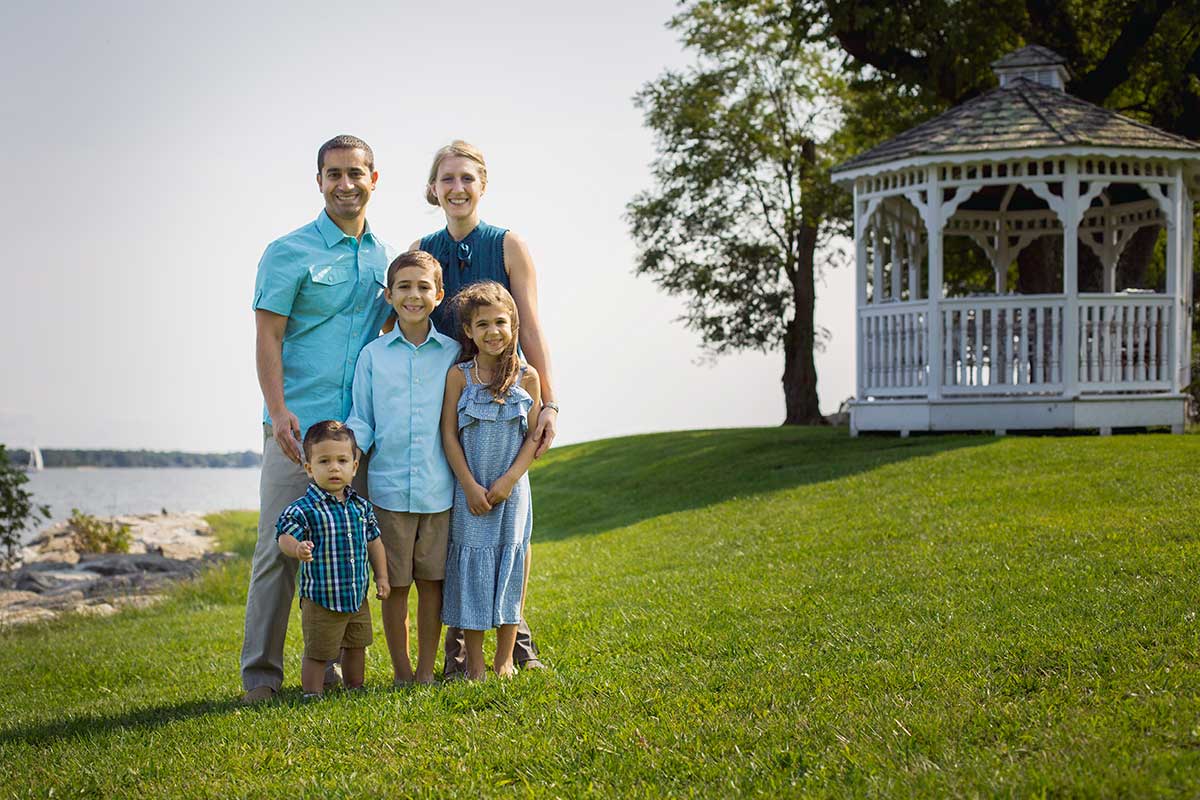By Dr. Danielle Wood
Dr. Danielle Wood is a Bowie resident and member of Grace Baptist Church, where she has attended since 2012 with her husband, Jonathan. Within Grace Baptist, Danielle and Jonathan have served as volunteer leaders in the DivorceCare for Kids program, a support group that fosters emotional health for children whose parents are experiencing divorce or separation. Danielle works in the Washington DC area to apply expertise in engineering and technology policy, with a focus on enhancing the use of satellite technology to address societal challenges.

During the “Reconciled” sermon series, I am reflecting on the impact of racial segregation on our congregation at Grace Baptist Church. I find myself mourning racial brokenness within our country, our community and our congregation. I am convicted of the ways I complacently adopt racist mindsets that are woven into the fabric of our society; I carry racist patterns of thought toward myself, toward people of my own race and toward people of other races. This reflection has given me a longing to see God work in Grace Baptist Church to renew our minds, bring racial healing through the hard work of repentance, and enable us to advocate for the powerless.
Racism is driven by subtle assumptions that pervade our culture and lead us to believe that members of one race are less valuable than members of another race. In the United States, these racist beliefs allow the majority racial group to maintain greater power than minority groups. James Baldwin, a celebrated 20th century author, provides a memorable articulation of racism in his book, The Fire Next Time. In the book, Baldwin writes a letter to his nephew exploring the experience of growing up as a young black man in the United States. “You were born where you were born and faced the future that you faced because you were black and for no other reason. The limits to your ambition were thus expected to be settled. You were born into a society which spelled out with brutal clarity and in as many ways as possible that you were a worthless human being. You were not expected to aspire to excellence. You were expected to make peace with mediocrity.”[i] Although it was written in 1962, Baldwin’s writing still resonates strongly with the experience of many minorities today.
Like other communities in the United States, Bowie’s history includes the enslavement of blacks, school segregation, housing discrimination and segregated churches. In the 1850s and 1860s, tobacco was a major crop in Prince George’s County, much of which was grown by slaves. “In fact, more tobacco was grown here than in any other county in Maryland, and more slaves tilled the fields here than in any other place in the state.”[ii] The black population in Prince George’s County decreased greatly after the Civil War, but increased again in the years following World War II. In the post WWII period, both public and private policies cultivated housing segregation in Bowie. This segregation was reinforced by the decisions of developer William Levitt, who designed and founded many of Bowie’s neighborhoods starting in 1957.[iii],[iv] “Mr. Levitt refused at first to sell to black people, a practice that made one of his projects, in Bowie, Md., the subject of demonstrations by civil rights groups in 1963. Mr. Levitt, who said that integrating his developments would put him at a competitive disadvantage, later relented, but decades later, many of the communities he built remained overwhelmingly white.”[v] Grace Baptist Church was founded in 1964 and moved to the Race Track Road location in 1966.[vi] The early years of Grace Baptist Church coincided with the establishment of the predominantly white Levitt community in Bowie. Thus, GBC inherited the segregated pattern of the neighborhood in those early years.
Based on the 2010 census, the population of Bowie is 49% black, 41% white, 4% Asian and 5% Hispanic; thus, Bowie is about 60% minority. The demographics of local schools are similar to those of the city. Yorktown Elementary is 35% white, 47% black, 9% Asian, and 8% Hispanic.[vii] Similarly, Bowie High School’s student body is about 14% white, 67% black, 4% Asian and 10% Hispanic.[viii] While Grace Baptist Church is growing in diversity, the demographics of the church do not reflect the population of Bowie. Our demographics have been influenced by the historical trends of segregation and discrimination in Bowie; the church is still recovering from these systemic forces. In the June 18 sermon on racial reconciliation, Pastor Mark called the congregation to pray that our church grows in diversity so we can model racial harmony and reconciliation to our community.
If racial discrimination is built on a subtle belief in the worthlessness of another race, how do racial reconciliation and justice look? Dr. Martin Luther King describes racial justice as “a substantive and positive peace, in which all men will respect the dignity and worth” of fellow humans.[ix] In his “Letter from a Birmingham Jail,” Dr. King calls the church to actively pursue racial justice. “We will have to repent in this generation not merely for the hateful words and actions of the bad people but for the appalling silence of the good people. Human progress never rolls in on wheels of inevitability; it comes through the tireless efforts of men willing to be co-workers with God…”[x]
I pray that Grace Baptist Church will be increasingly known as a congregation in which we grapple courageously with our own racism, advocate tirelessly for the powerless and model surprising racial reconciliation. It is God’s grace that allows us to see our need for redemption in the area of race. And it is God who will bring glory to himself through racial healing in our congregation and community. Let us look to God expectantly in our prayers for racial healing during Grace Gives and beyond.
References:
[i] Baldwin, James. “A Letter to my Nephew.” http://progressive.org/magazine/letter-nephew/ January 1962.
[ii] Virta, Alan. “Prince George’s County: Over 300 years of History. A County with Rich History: Prince George’s County History.” https://www.pghistory.org/PG/PG300/history.html
[iii] “Historic American Building Survey. Belair at Bowie, Maryland.” https://cdn.loc.gov/master/pnp/habshaer/md/md1700/md1757/data/md1757data.pdf
[iv] “Historic American Building Survey. Belair at Bowie, Maryland.” https://cdn.loc.gov/master/pnp/habshaer/md/md1700/md1757/data/md1757data.pdf
[v] Pace, Eric. “William J. Levitt, 86, Pioneer of Suburbs, Dies.” http://www.nytimes.com/1994/01/29/obituaries/william-j-levitt-86-pioneer-of-suburbs-dies.html?pagewanted=all, Published: January 29, 1994
[vi] Grace Baptist Church. “The Story of Grace.” https://www.gbcbowie.org/history/
[vii] Prince George’s County Public Schools, “Yorktown Elementary School, School Improvement Plan, Executive Summary,” http://www1.pgcps.org/yorktown/index.aspx?id=936
[viii] US News and World Report, “Bowie High School Student Body,” https://www.usnews.com/education/best-high-schools/maryland/districts/prince-georges-county-public-schools/bowie-high-9167/student-body.
[ix] King, Dr. Martin Luther. “Letter from a Birmingham Jail.” https://kinginstitute.stanford.edu/king-papers/documents/annotated-letter-birmingham-jail
[x] King, Dr. Martin Luther. “Letter from a Birmingham Jail.” https://kinginstitute.stanford.edu/king-papers/documents/annotated-letter-birmingham-jail








